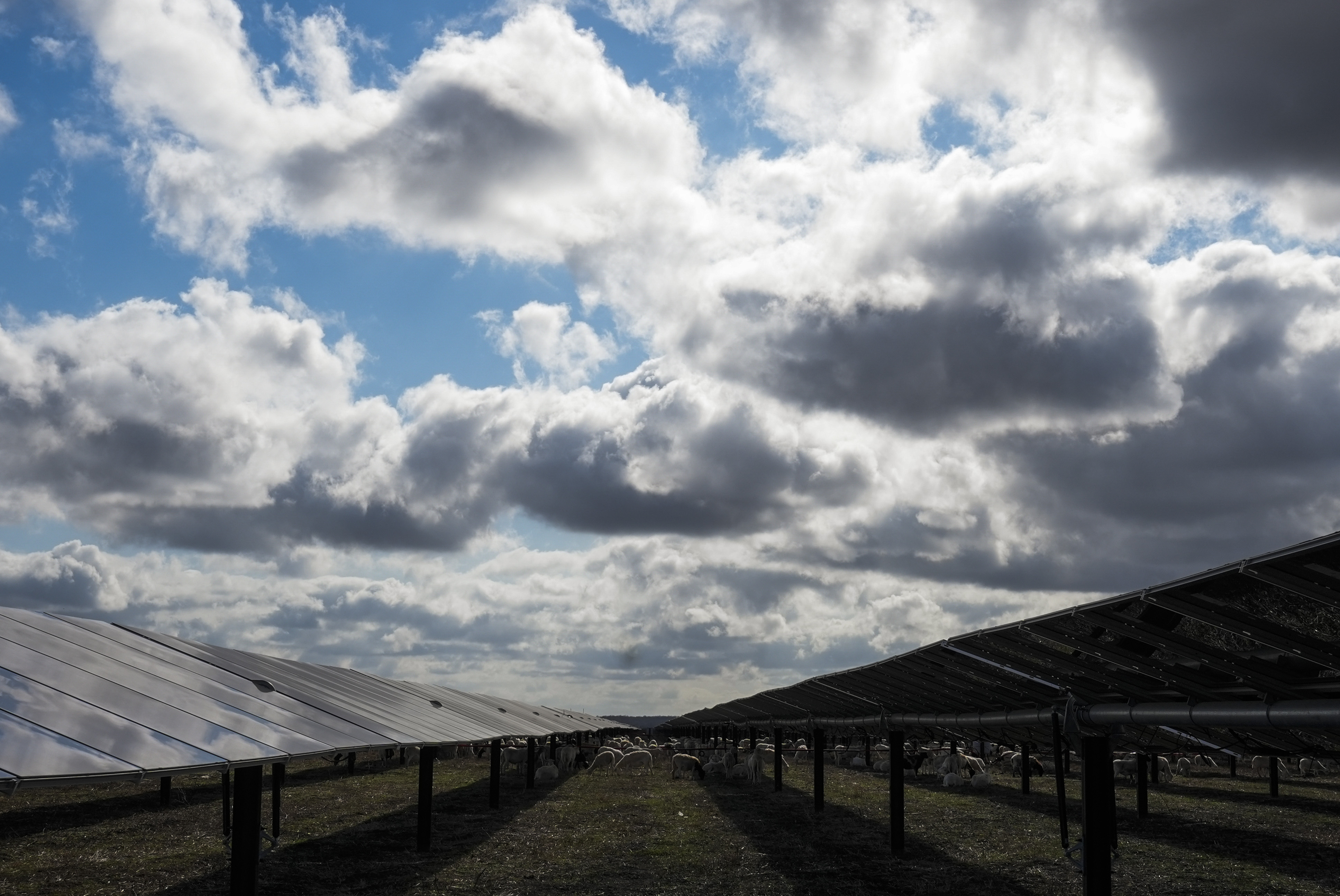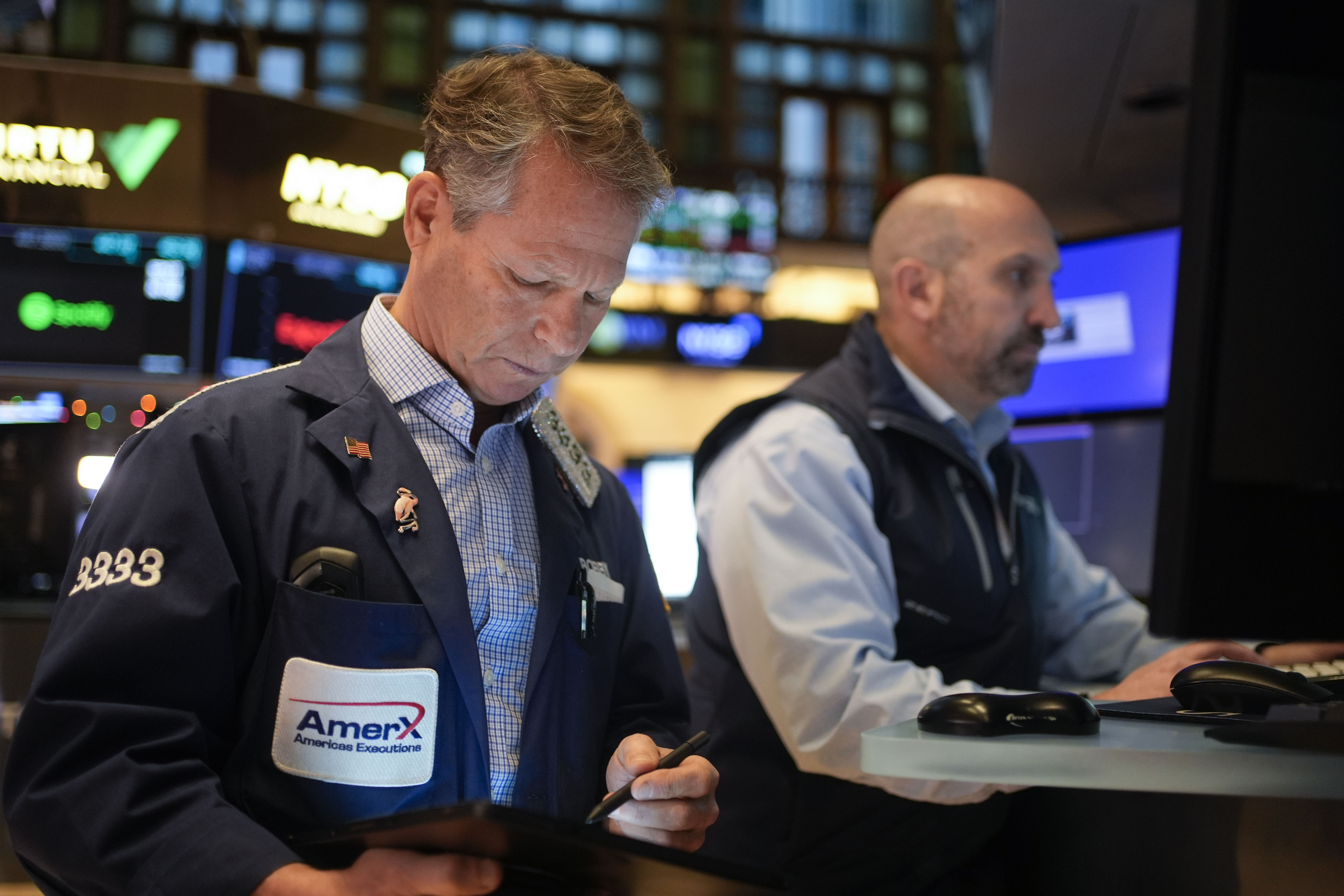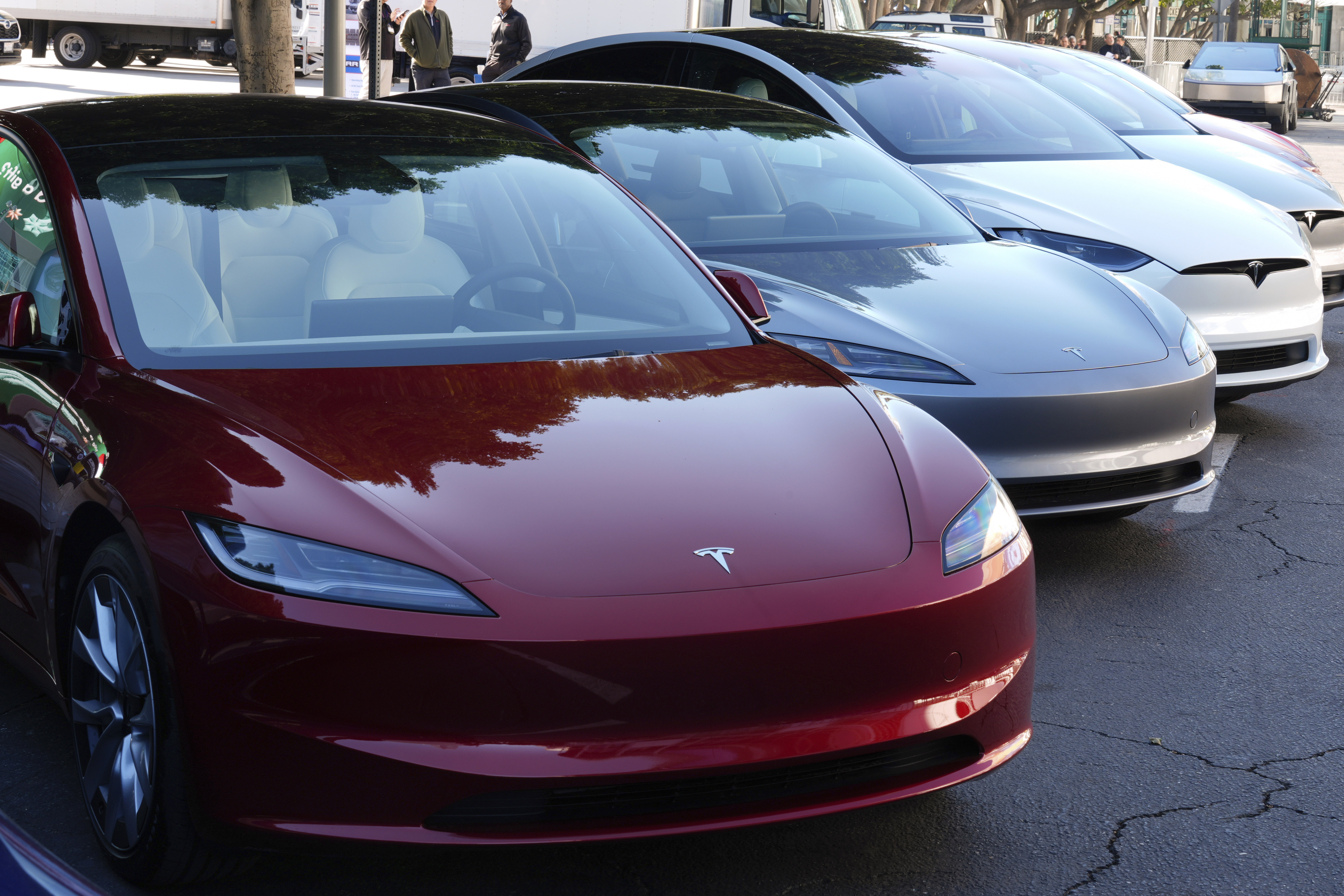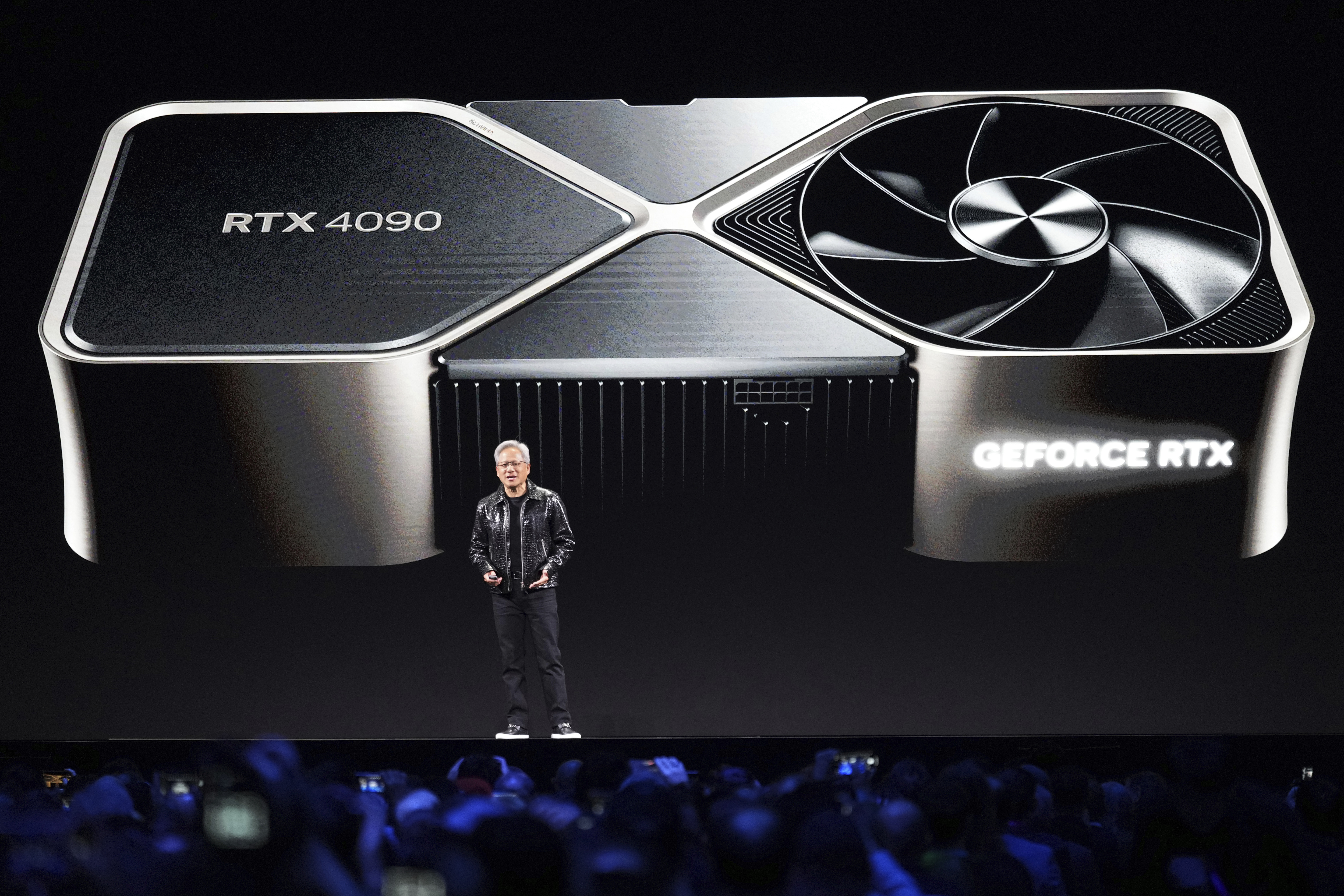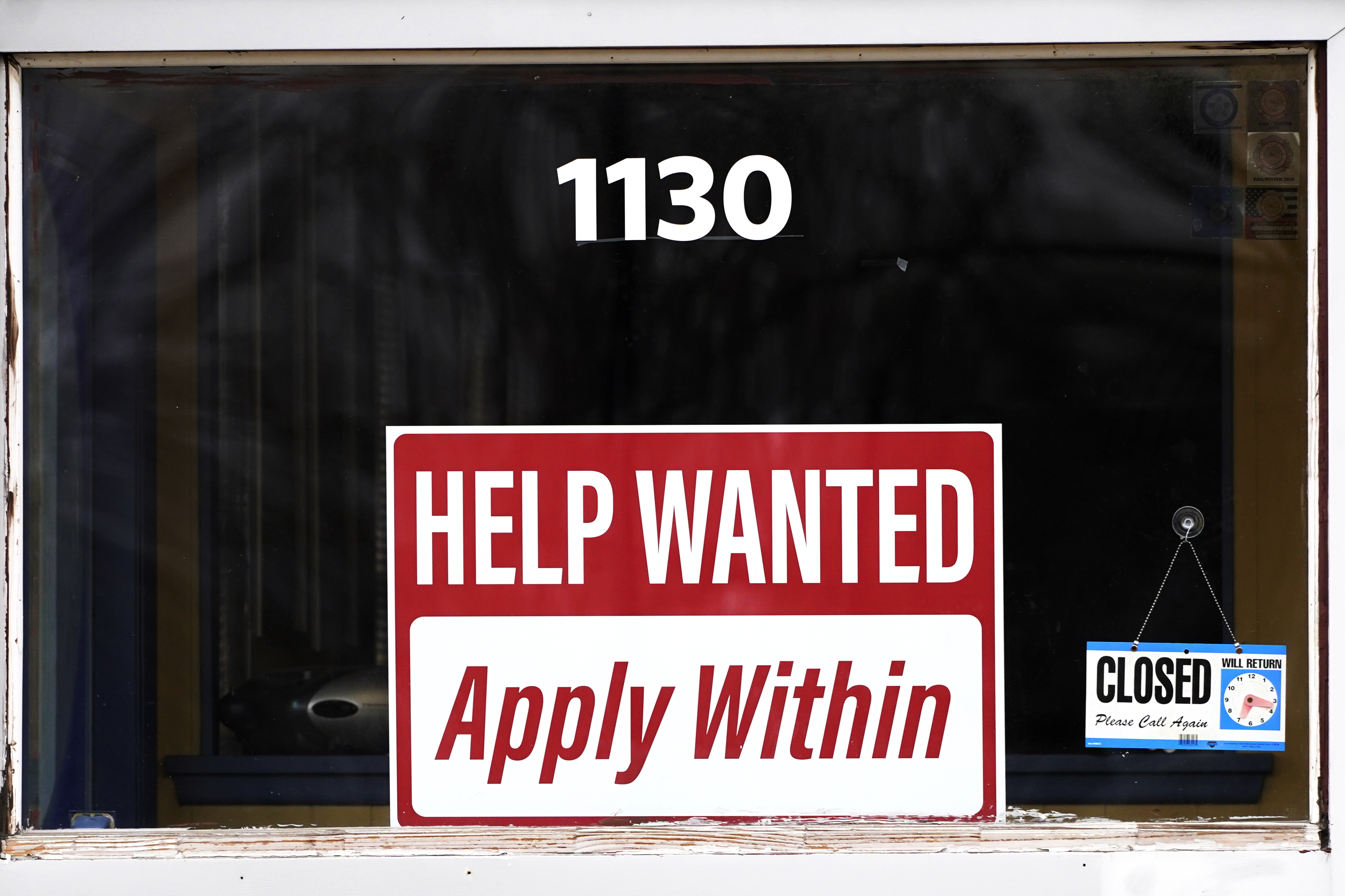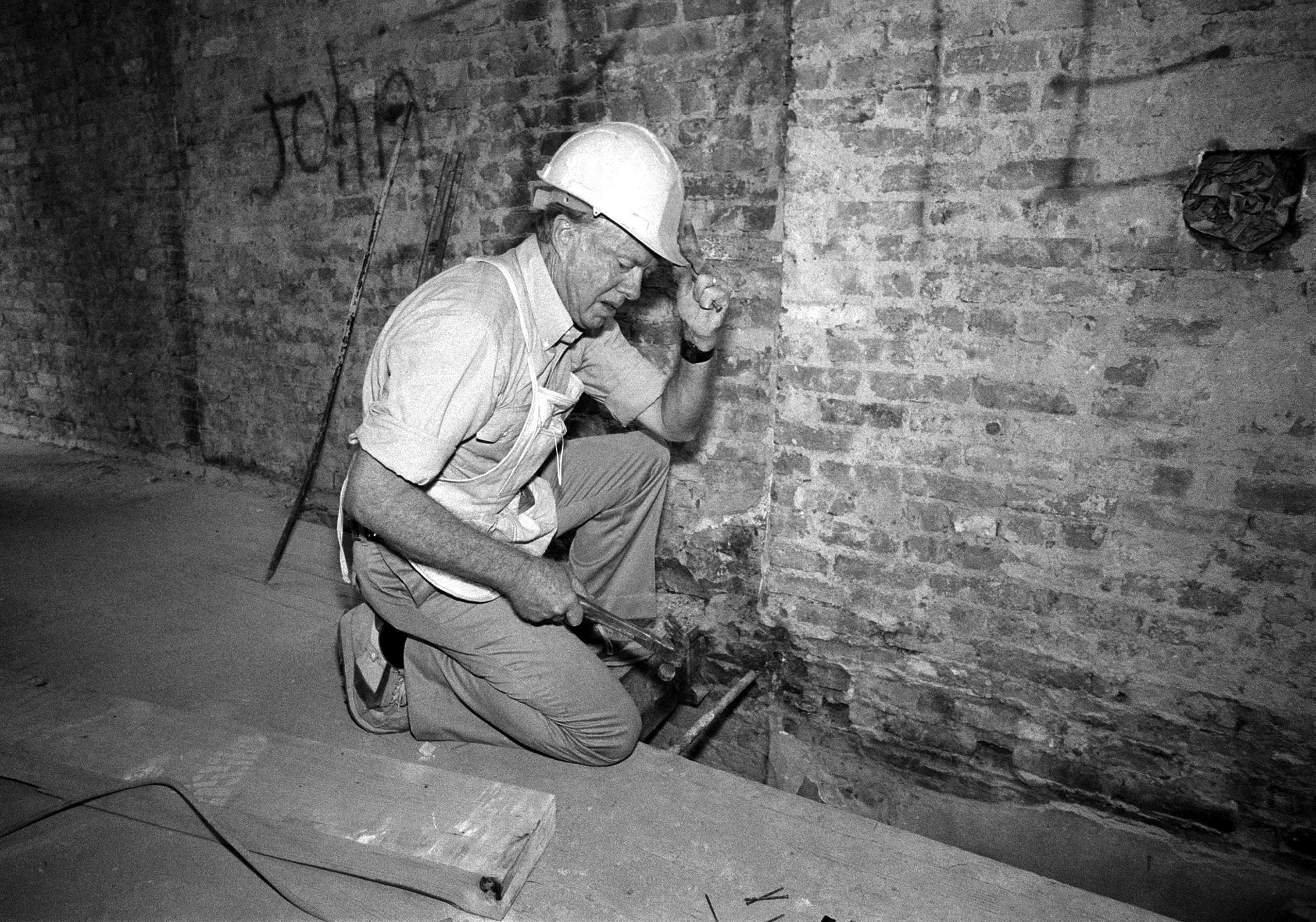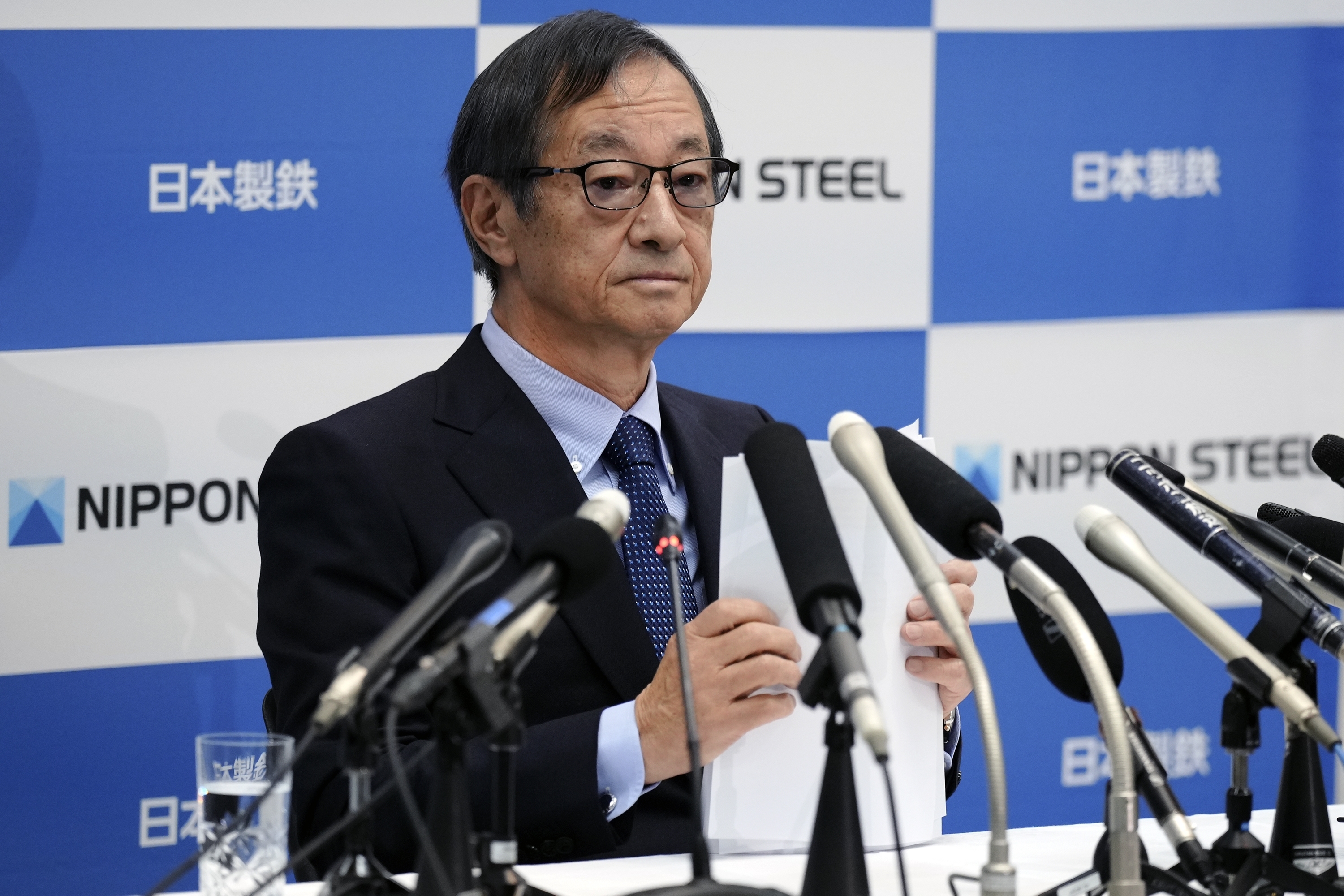(The Hill) — After the pandemic knocked millions of Americans back home to continue work and school, the importance of broadband access in the U.S. has come under a microscope.
While the transition had sweeping effects on our mental health, the struggle was compounded in states and areas with poor broadband access. Federal and state authorities have directed billions toward closing the broadband divide, but many Americans may still have a long wait for high-speed internet in their homes.
Here are the best and worst states for broadband internet in the U.S.
Northeast dominates the best states for broadband
There are two key considerations for how good the broadband infrastructure is in a state — overall coverage and quality of those connections.
A February report from BroadbandNow Research, a research firm that conducts comparisons on internet companies using data from the Federal Communications Commission and internet providers, compiled the broadband data for all 50 states.
The report ranked Maryland as the best overall state for broadband internet, followed by New Jersey, New York, Delaware and Washington. The rankings considered overall access to broadband, access to low-cost broadband, download and upload speeds, and access to fiber-optic service.
The federal government considers broadband internet to be any connection that has an upload speed faster than 25 megabytes per second and upload speeds north of 3MBs per second.
The state with the highest percentage of access to broadband internet was Rhode Island, which has 99.8 percent broadband access. The top-five states all had near-universal access, all above 96 percent.
But Washington state stood out from the rest, with more than 54 percent access to low-cost broadband, which is an internet plan that’s less than $60 a month. It is the only state in the overall top five with a mark higher than 35 percent and the only state in the country better than 50 percent.
Delaware boasted the highest average download speed, with a median of 92.5MBs per second.
West Virginia at the bottom of the pack
While there are a number of states crowded toward the bottom of availability and speed, West Virginia sticks out as the overall worst.
The state, marked by Appalachia and farmland, was ranked last in the report with a 65.8 percent access rate to broadband in total. It also had just more than 11 percent access to low-cost broadband and an average download speed of 51.3 MBs per second.
West Virginia was followed in the report by Alaska, Mississippi, Arkansas and Vermont. All five states at the bottom scored a zero on internet quality, or latency, which is the time it takes information to go from one source to another.
There were 16 states in the report that scored a zero in the quality category, including North and South Dakota, Nebraska, Michigan, Iowa, Ohio and Wisconsin.
The state with the slowest average download speed was Kansas, followed by Alaska and South Carolina.
Alaska was one of two states to have 0 percent access to low-cost broadband internet, along with South Carolina. Vermont, New Mexico, Minnesota, Utah and New Hampshire joined West Virginia as the next-lowest states, with an 11 percent access rate to low-cost broadband.
In half of all states, less than 20 percent of people have options for low-cost broadband.
| Ranking of broadband access (best to worst) |
|---|
| Maryland |
| New Jersey |
| New York |
| Delaware |
| Washington |
| South Carolina |
| Virginia |
| Oregon |
| Massachusetts |
| Illinois |
| Rhode Island |
| Colorado |
| California |
| Connecticut |
| Georgia |
| Texas |
| Pennsylvania |
| Florida |
| District of Columbia |
| North Dakota |
| New Hampshire |
| Nebraska |
| Tennessee |
| Hawaii |
| Indiana |
| Utah |
| Alabama |
| Nevada |
| South Dakota |
| Kansas |
| North Carolina |
| Michigan |
| Iowa |
| Idaho |
| Montana |
| Louisiana |
| Kentucky |
| Ohio |
| Minnesota |
| Wyoming |
| Arizona |
| Wisconsin |
| Maine |
| Oklahoma |
| New Mexico |
| Missouri |
| Vermont |
| Arkansas |
| Mississippi |
| Alaska |
| West Virginia |








